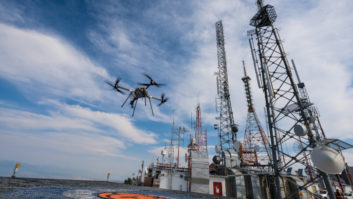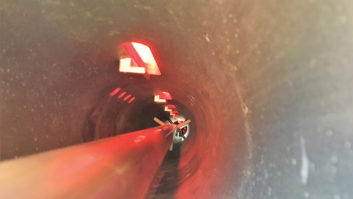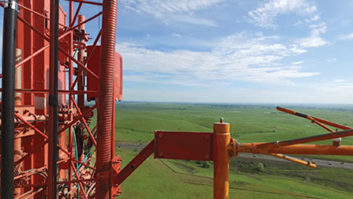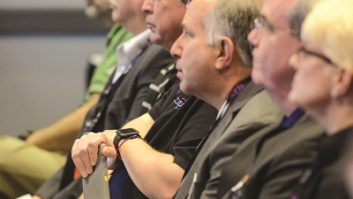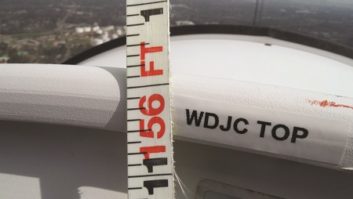Radio World’s “Guest Commentaries” section provides a platform for industry thought leaders and other readers to share their perspective on radio news, technological trends and more. If you’d like to contribute a commentary, or reply to an already published piece, send a submission to [email protected].

Dominique Valdez serves on the board of directors of NATE: The Communications Infrastructure Contractors Association, and as chair of the NATE Safety & Education Committee. Valdez is also the VP of Operations for Wireless Construction Solutions in San Antonio, Texas. She can be reached via e-mail at [email protected].
In the ever-evolving landscape of safety standards, staying abreast of changes is paramount for professionals across various industries, including broadcast and wireless telecommunications.
The recent updates to the ANSI A10.48-2023 Standard, though directly applicable to construction and rigging activities, hold significance for those involved in projects concerning radio and broadcast structures. Let’s delve into the key changes and their implications.
Transition from “Should” to “Shall”
To align with OSHA criteria and enhance regulatory compliance, the language throughout the document shifted from permissive “should” to more restrictive “shall.” This change signifies a tightening of regulations, emphasizing mandatory adherence to safety protocols. Making this key change now allows OSHA to incorporate by reference portions of the A10.48-2023 standard.
Name Change from Rigging Plan to Construction Plan
Recognizing the need for precision in terminology, the standard underwent a significant name change. What was formerly known as a “Rigging Plan” has been rebranded as a “Construction Plan.” This shift underscores the comprehensive nature of the plans encompassing all construction activities beyond just lifting operations.
Updated Language and Definitions
The 2023 version saw updates and reconciliations with existing A10 chapters and other relevant standards in the telecom industry. One notable change was the change to the term for a JHA from “Job Hazard Assessment” to “Job Hazard Analysis” to fall in line with the terminology OSHA uses. Redundant content was replaced with a reference directly to existing standards.
Consolidation of Rigging Plans and New Documentation Mandate
Class 1 rigging plans were merged into Class 2 plans, doing away with the only class of plan without a documentation requirement. Now, all construction plans must be documented and reviewed with all relevant stakeholders.
Introduction of New Exceptions and Operational Requirements
The update introduced a lightweight hoisting exception for light loads attached to an appurtenance with a redundant connection back to the main structure. The gin pole and structural sections were revamped to focus on operational requirements and safety considerations.
Addition of Electrical Safety Section
Recognizing the inherent risks associated with electrical hazards, a new section was added to address electrical safety, directing users to existing information in the National Electrical Code (NEC) and the National Fire Protection Association (NFPA).
In conclusion, while the updates to the ANSI A10.48-2023 standard primarily target construction and rigging activities, their implications extend to projects involving radio and broadcast structures. By fostering a culture of safety and standardization, these changes aim to mitigate risks, enhance regulatory compliance and ultimately contribute to safer work environments across industries. To purchase a copy of the updated standard, click here.





